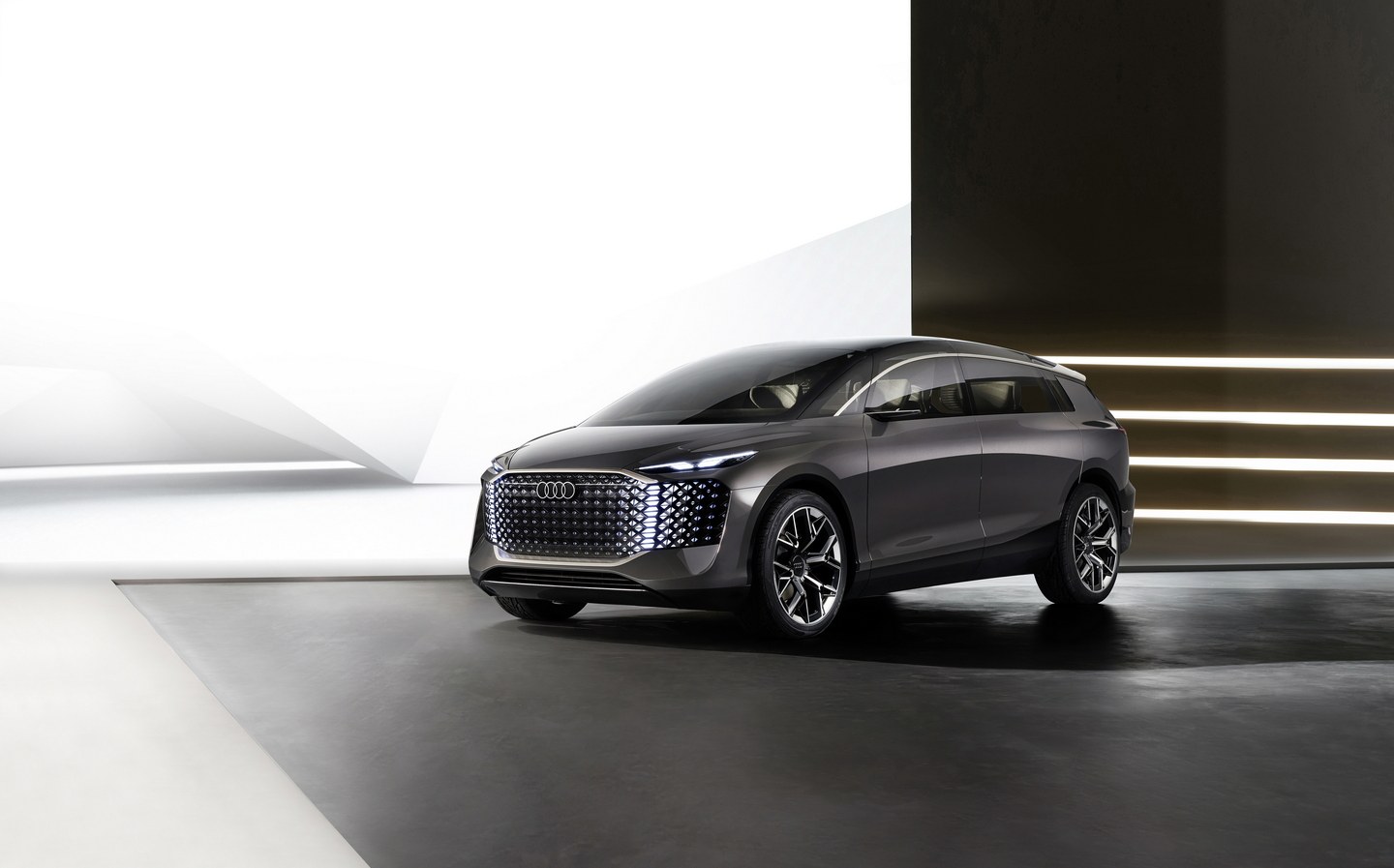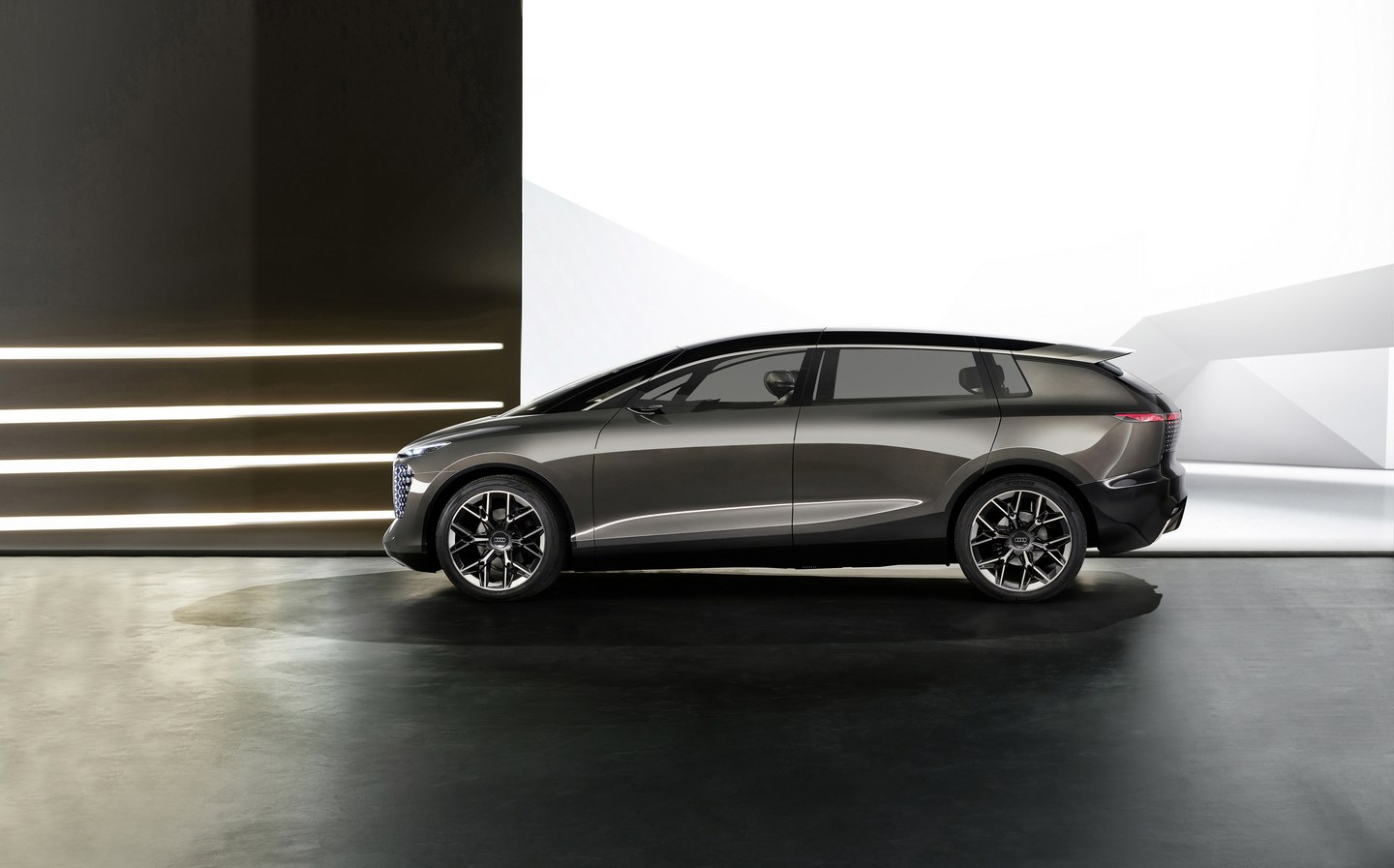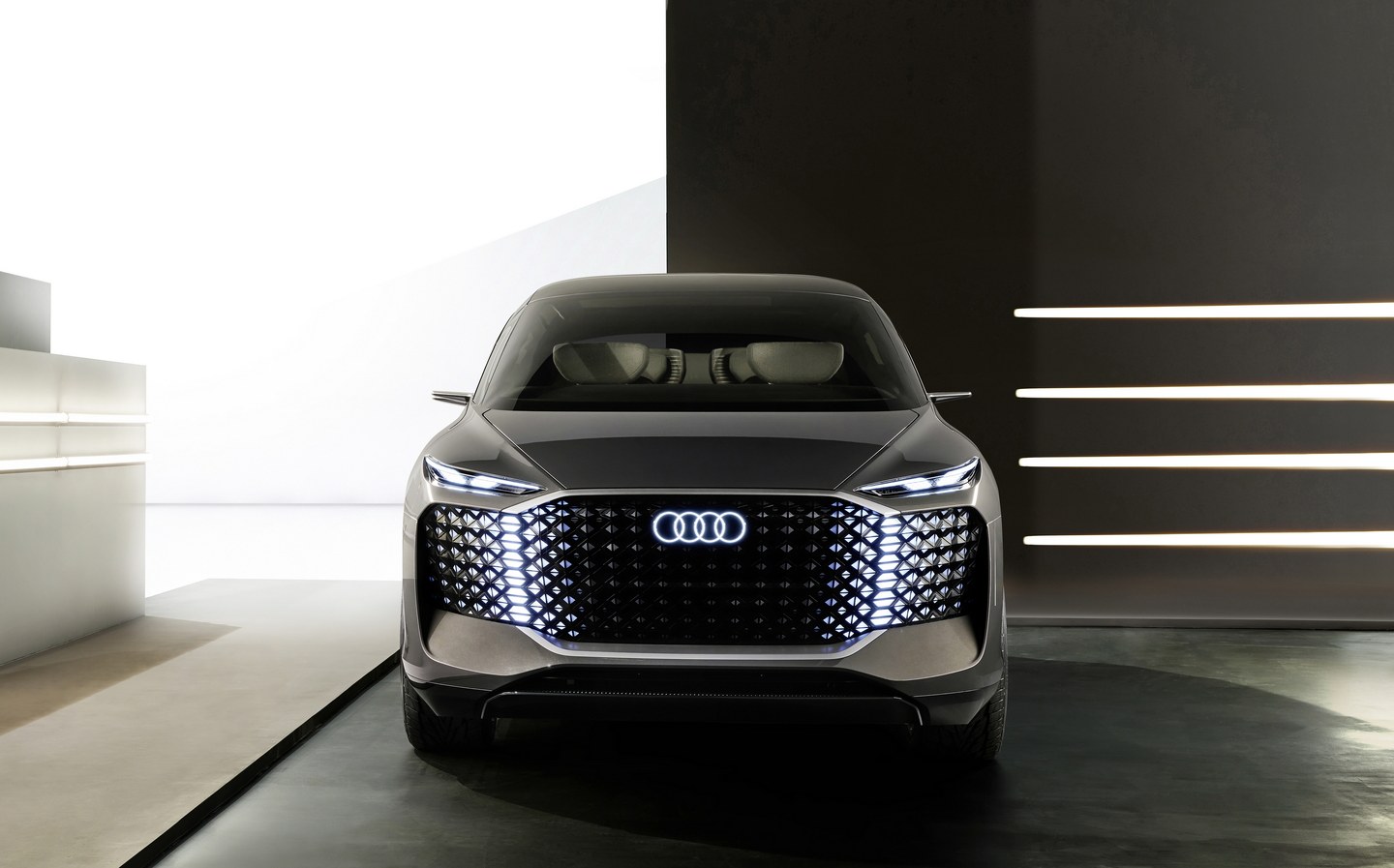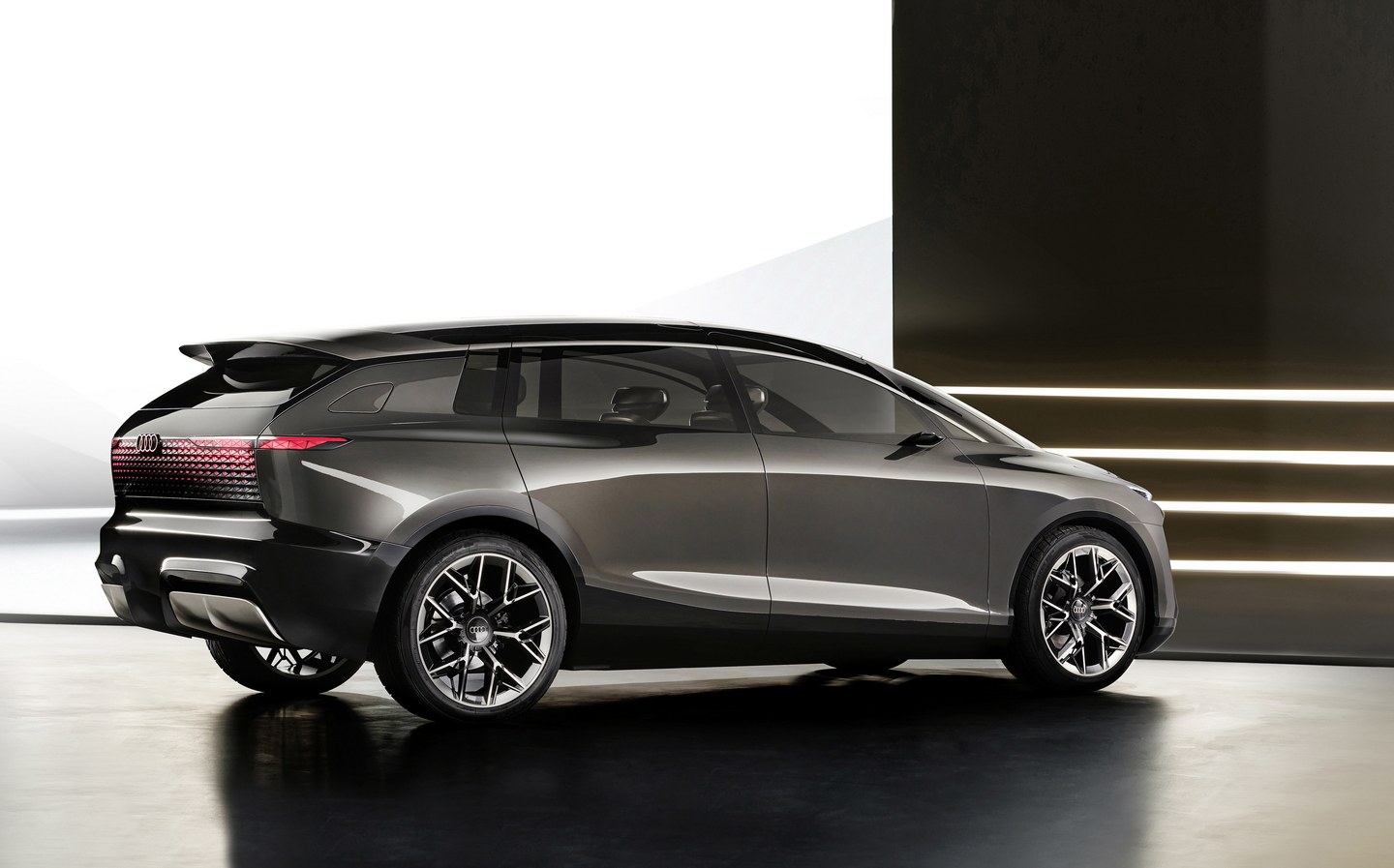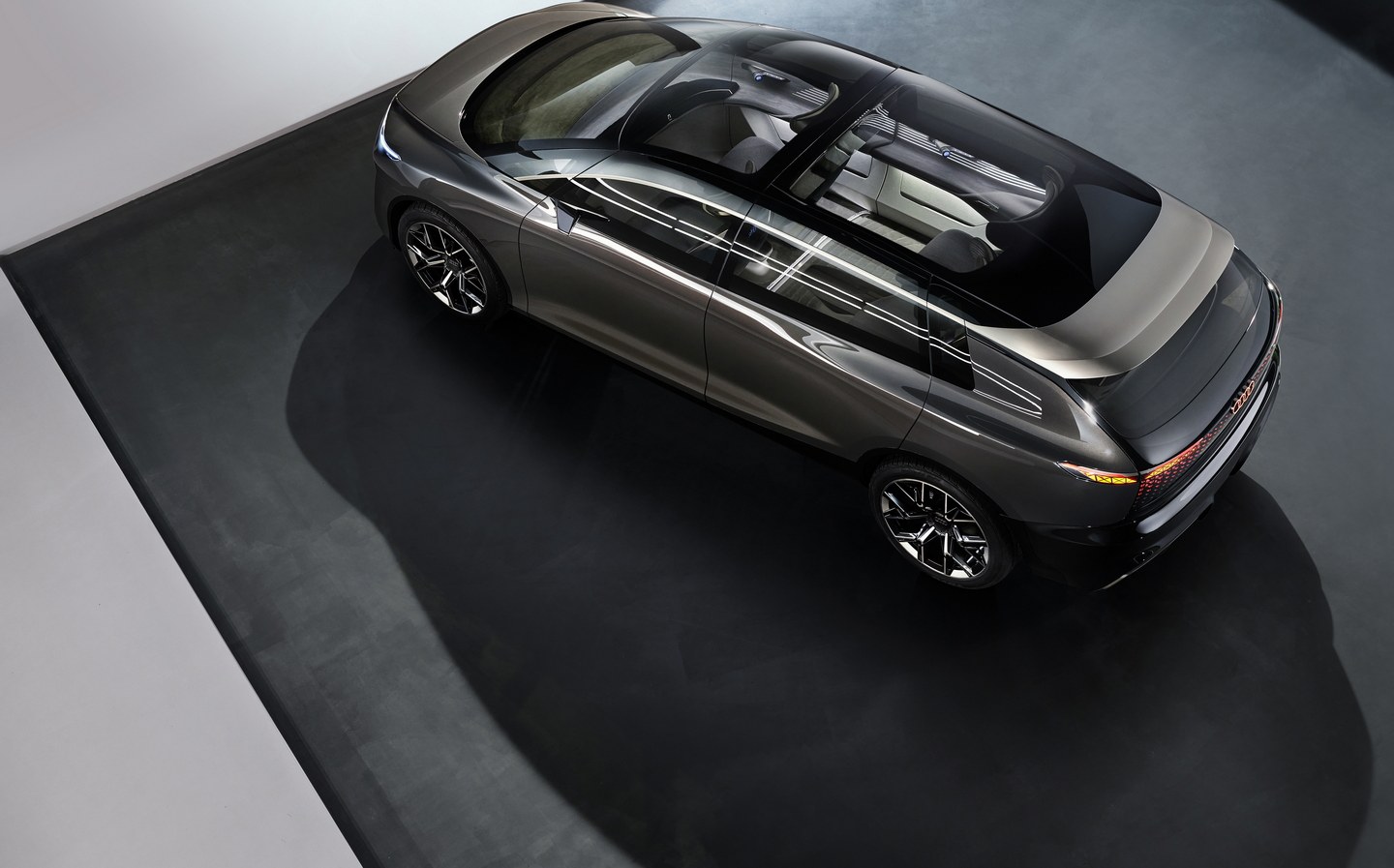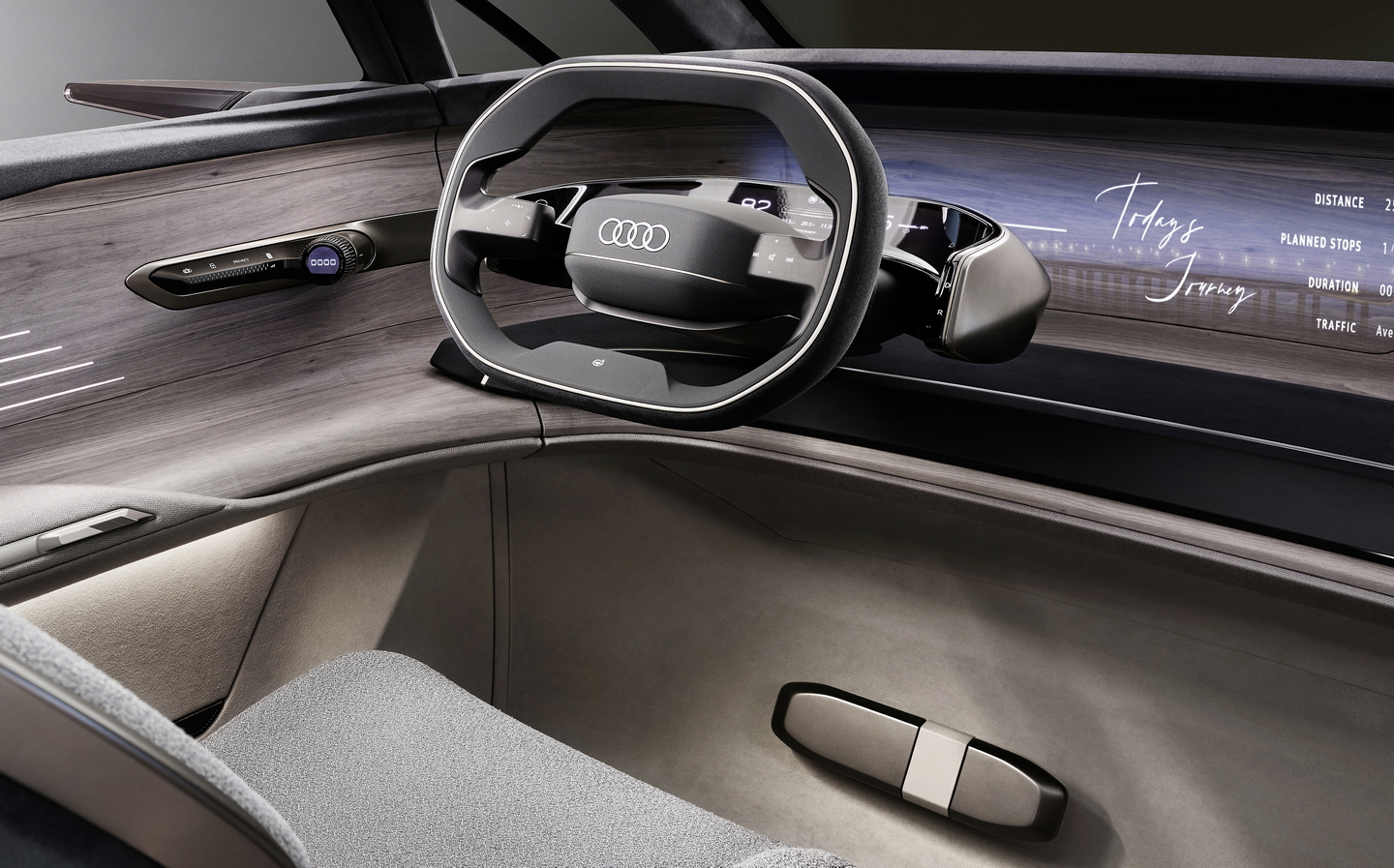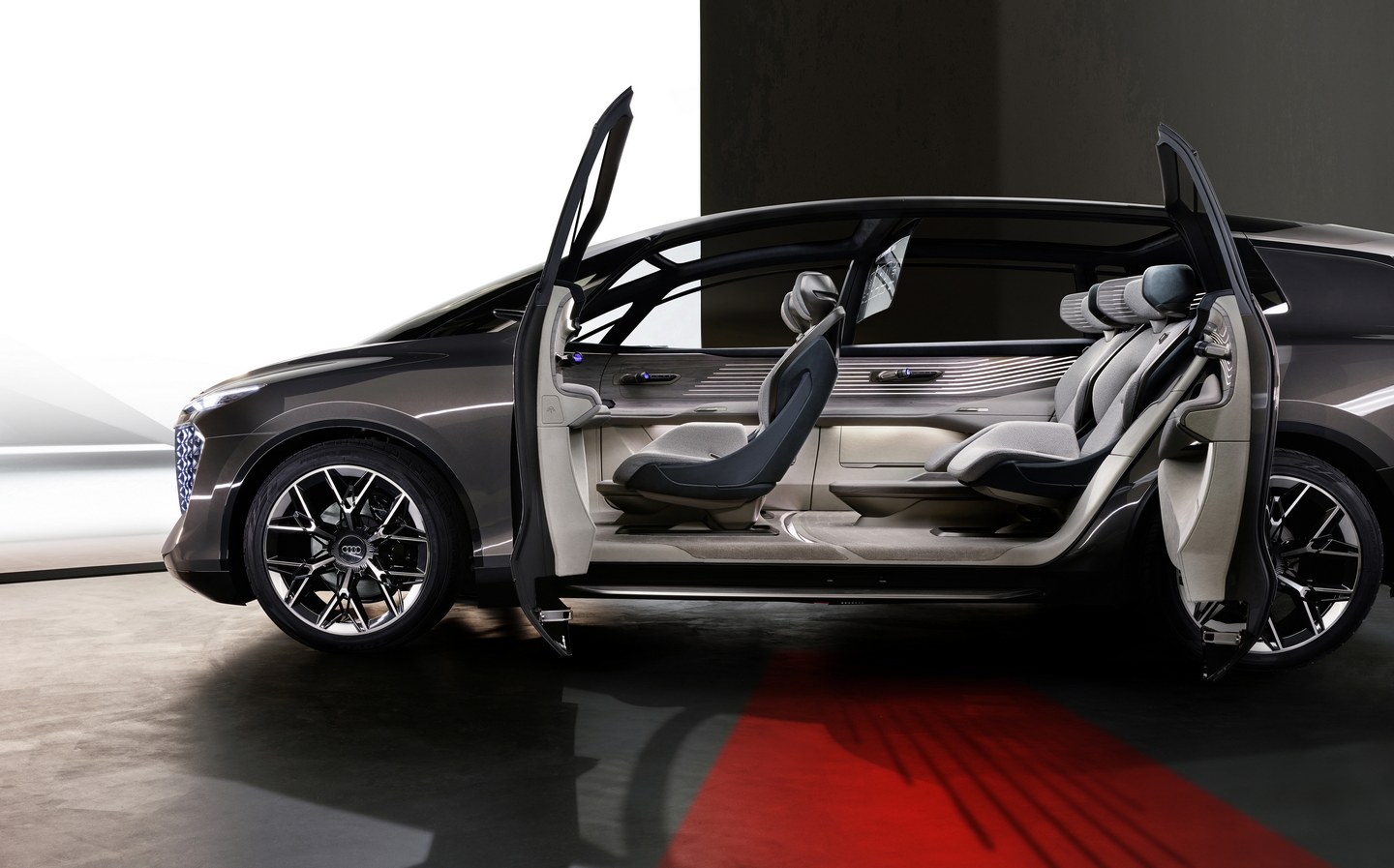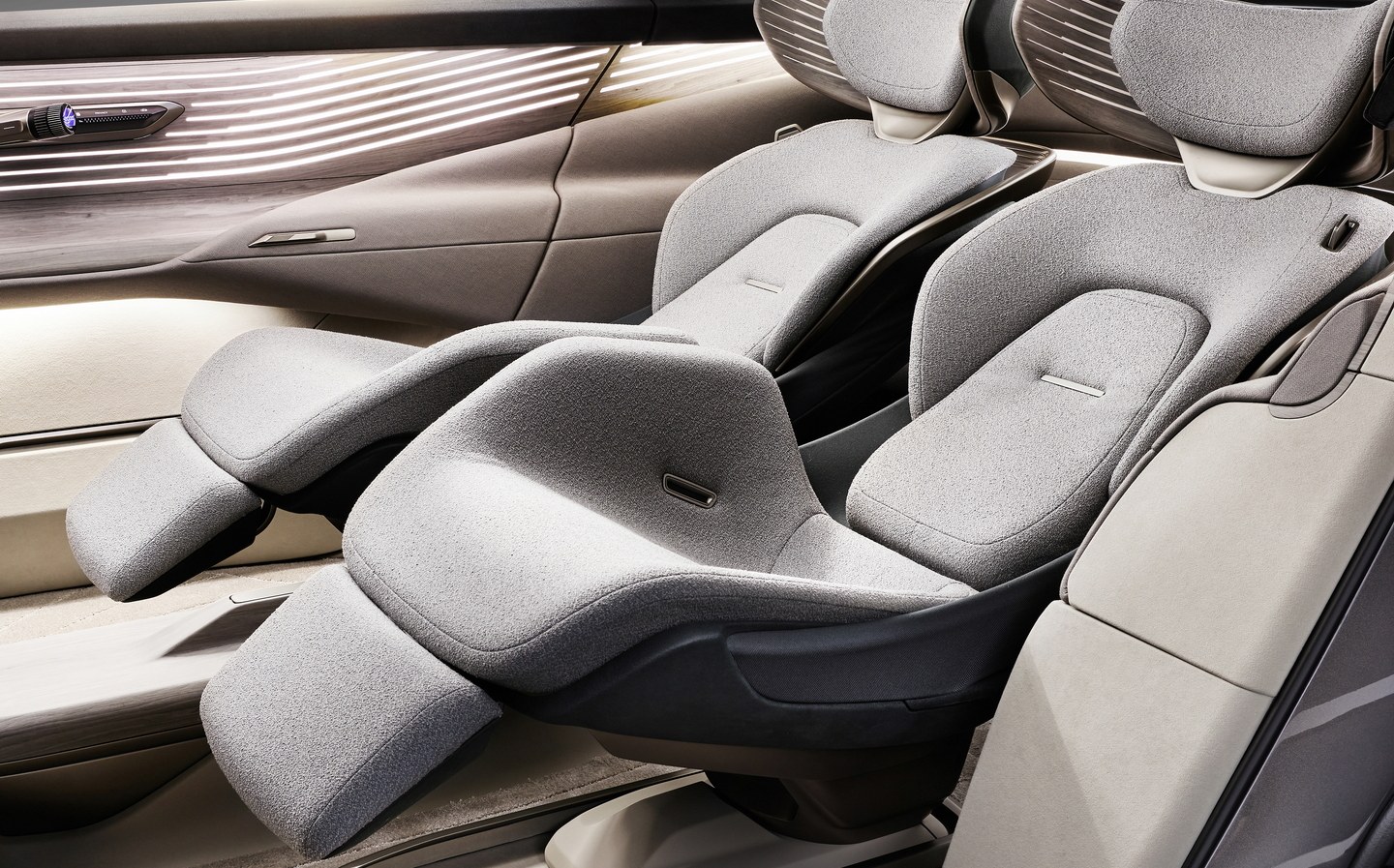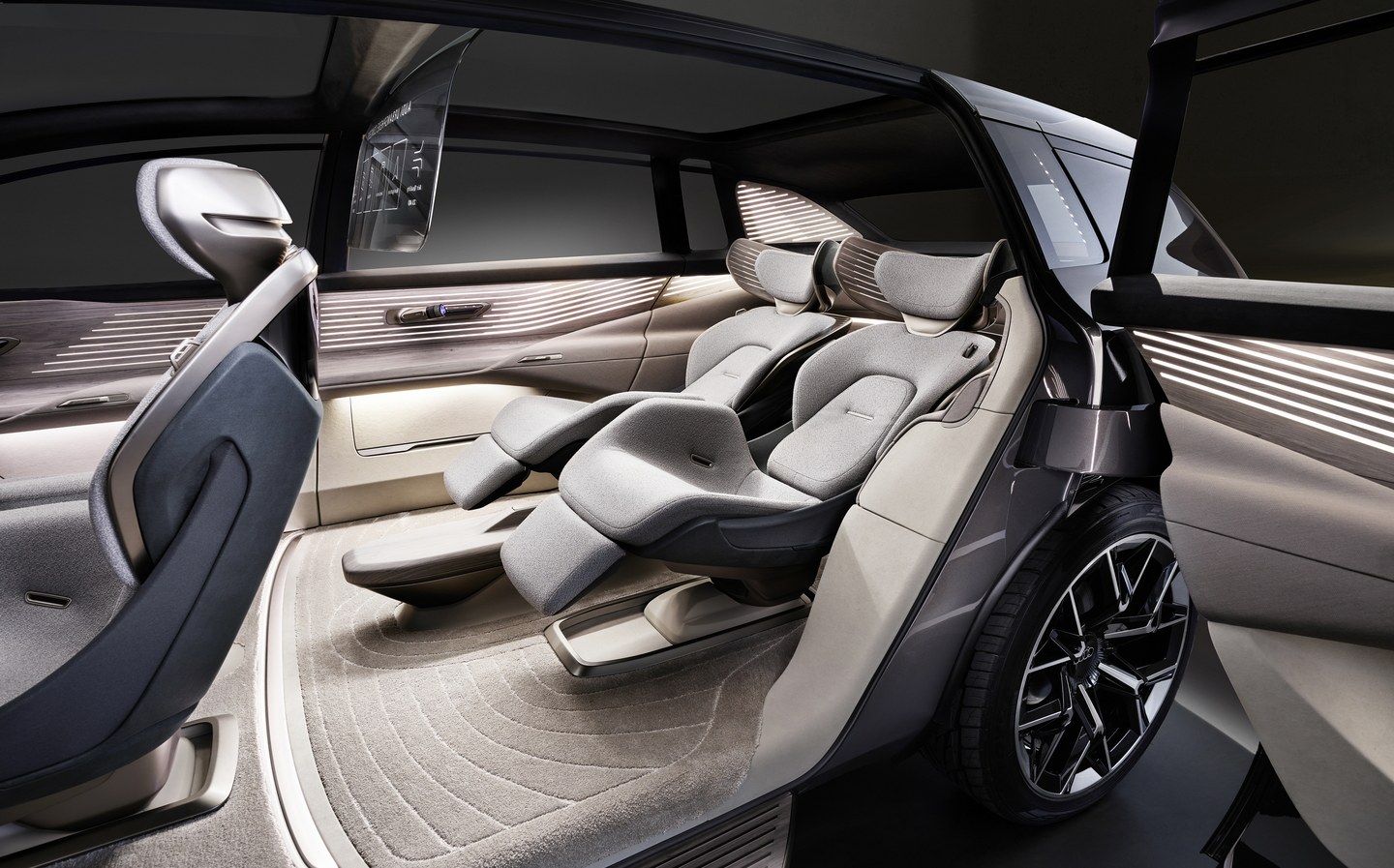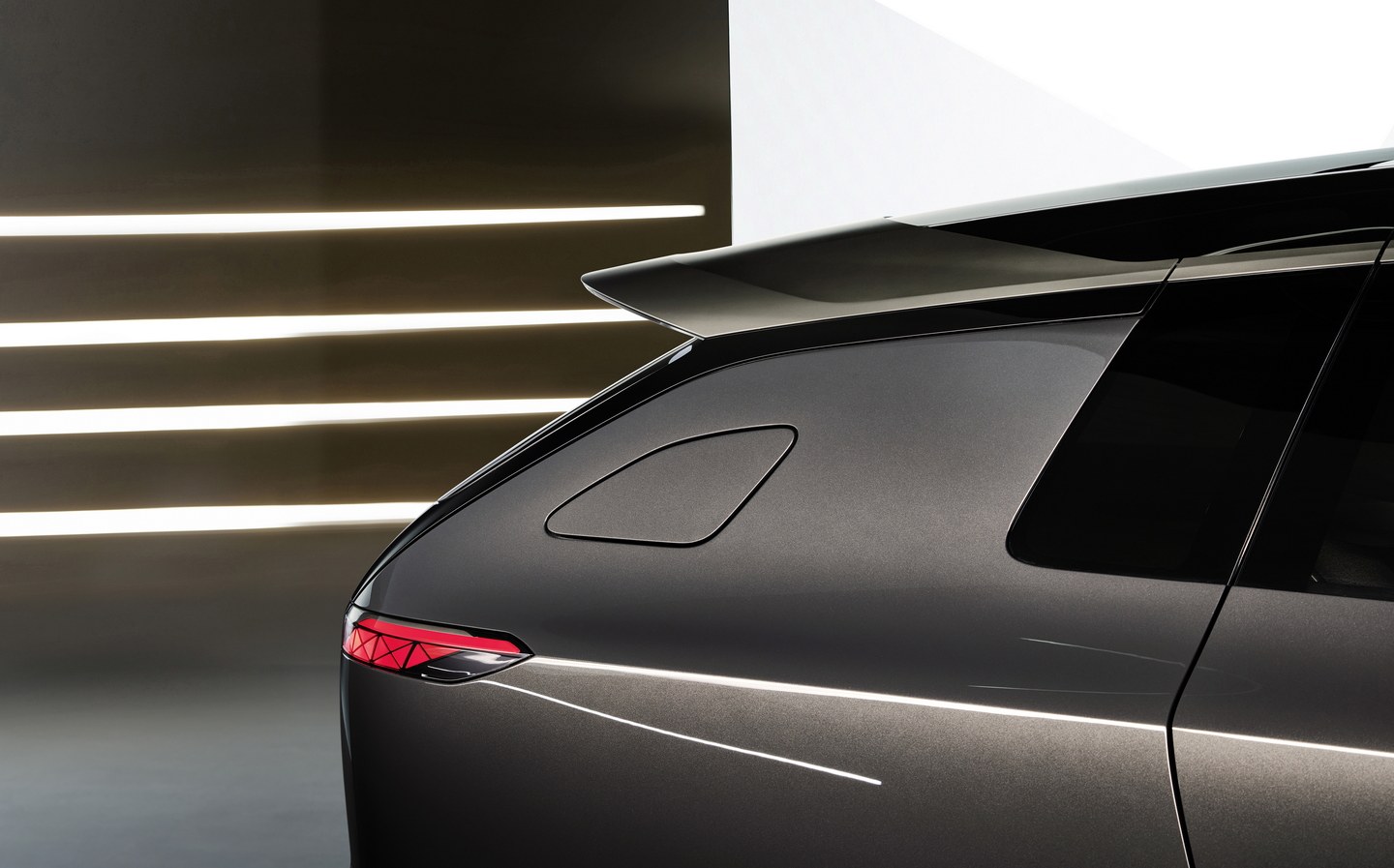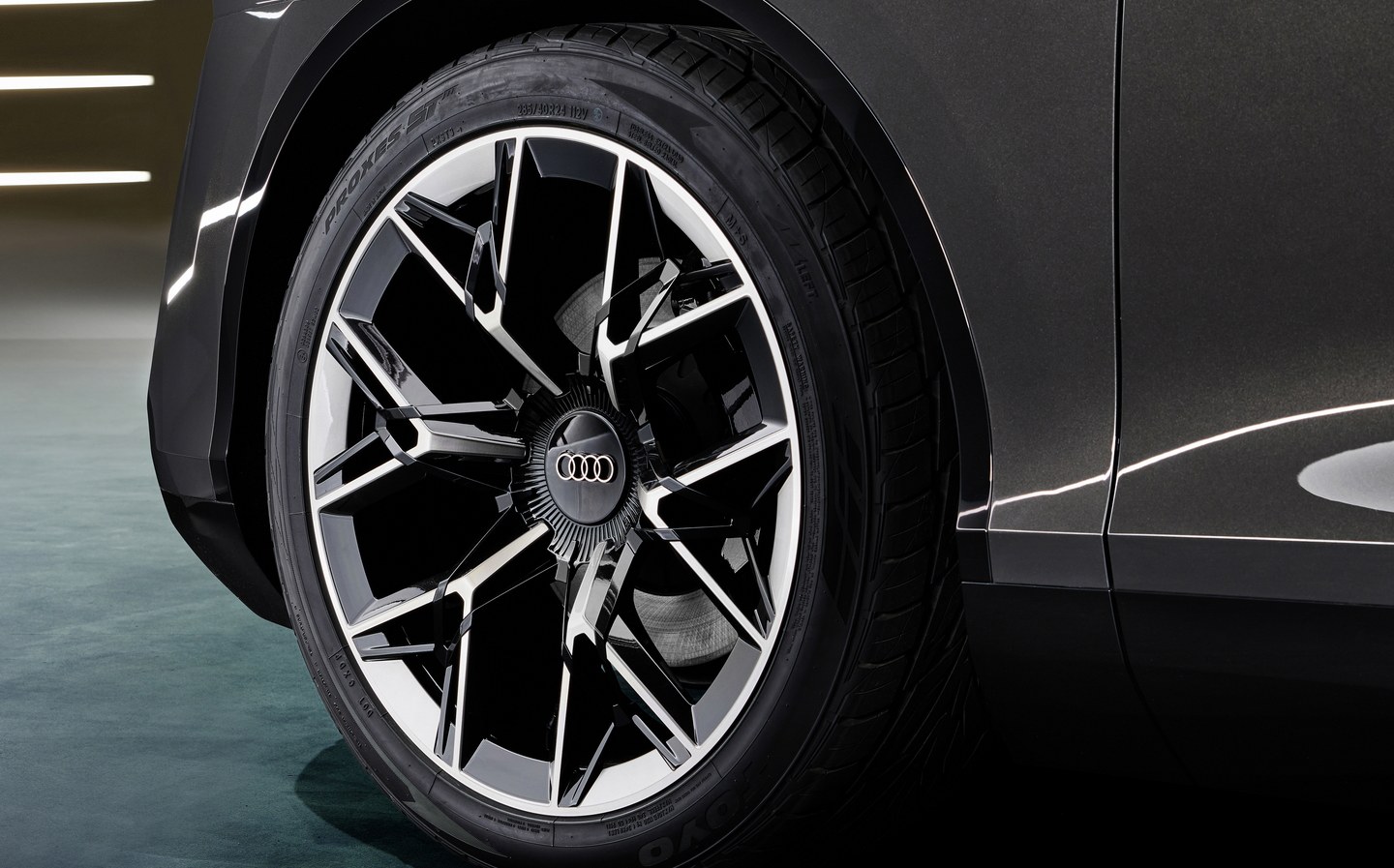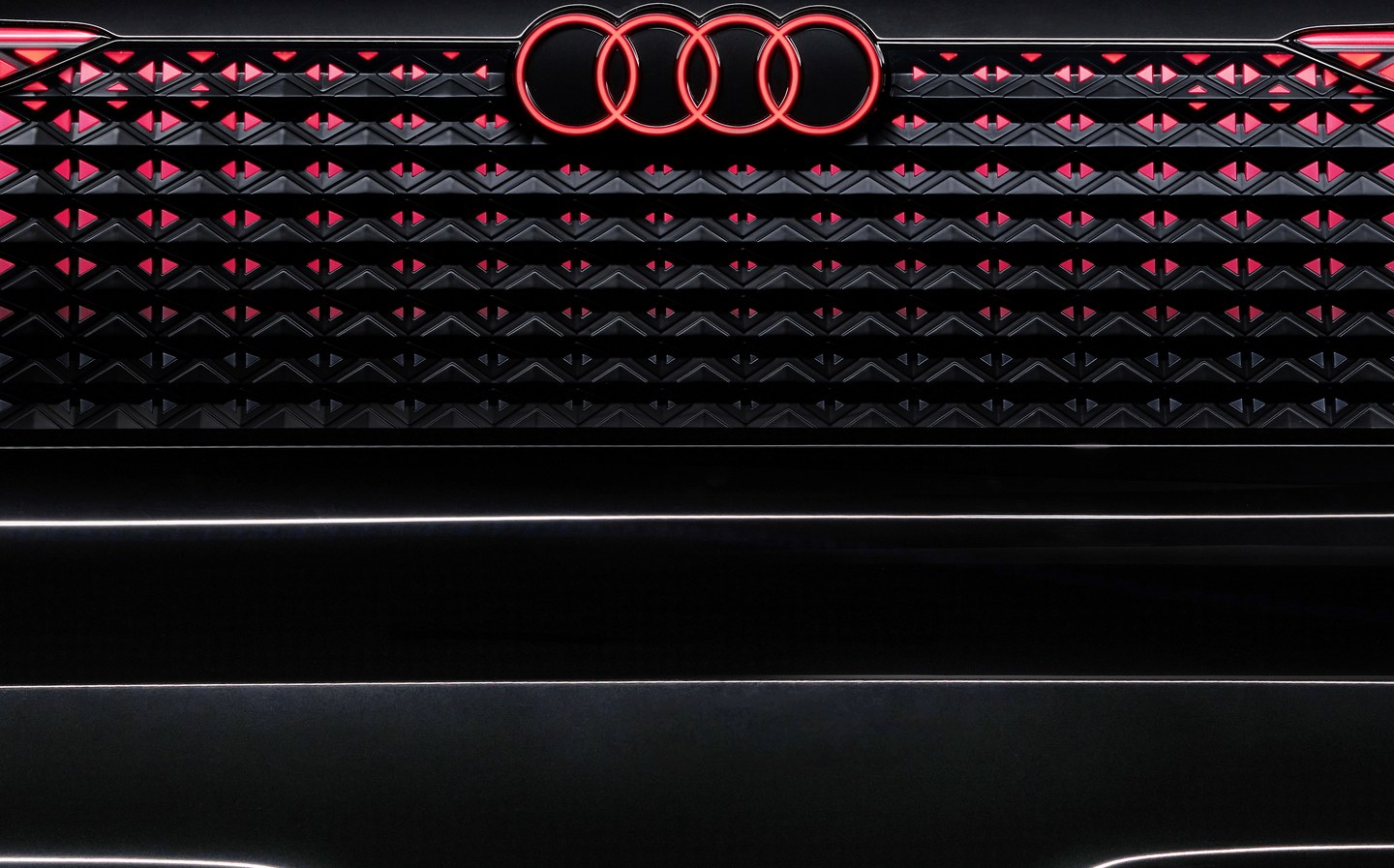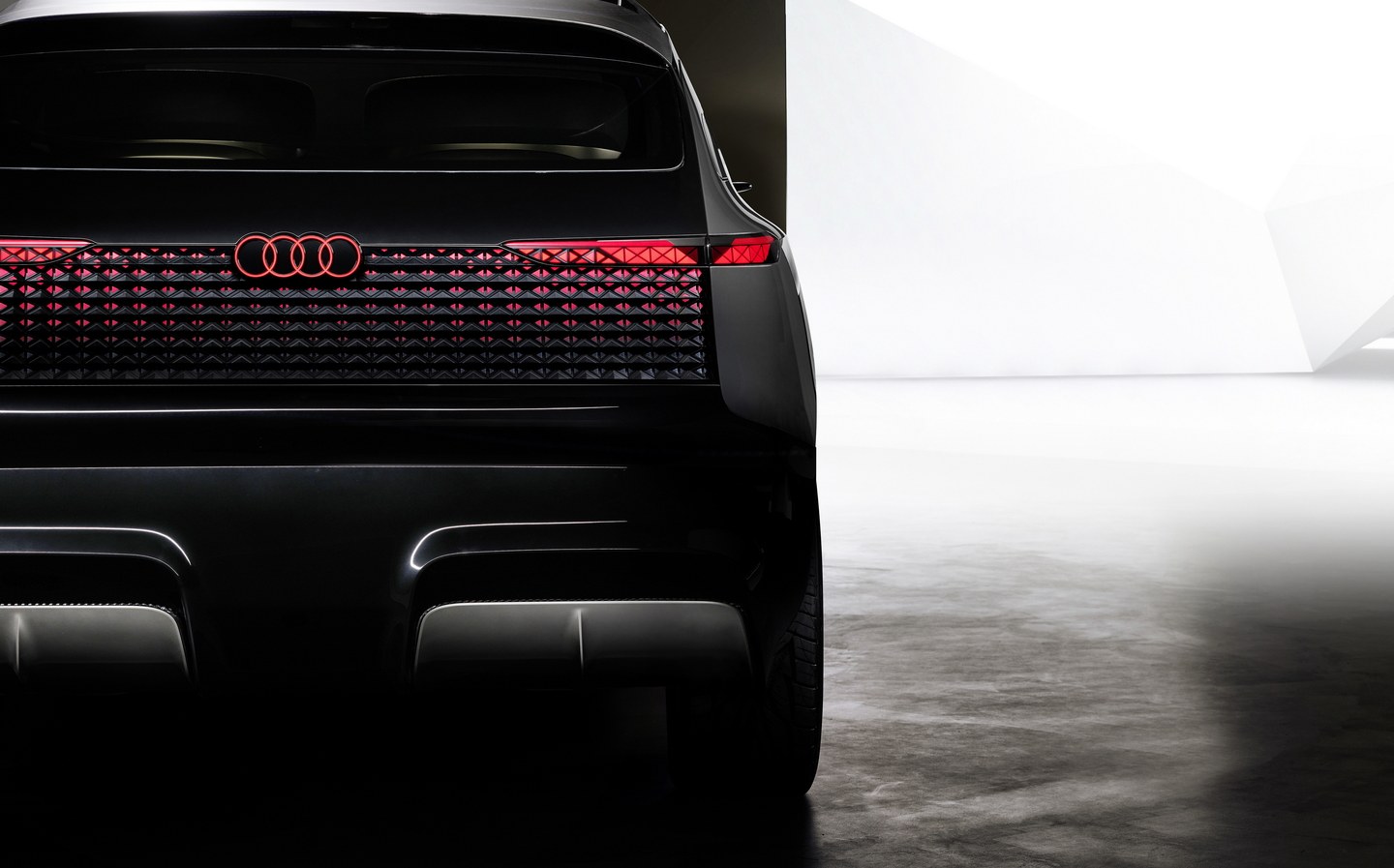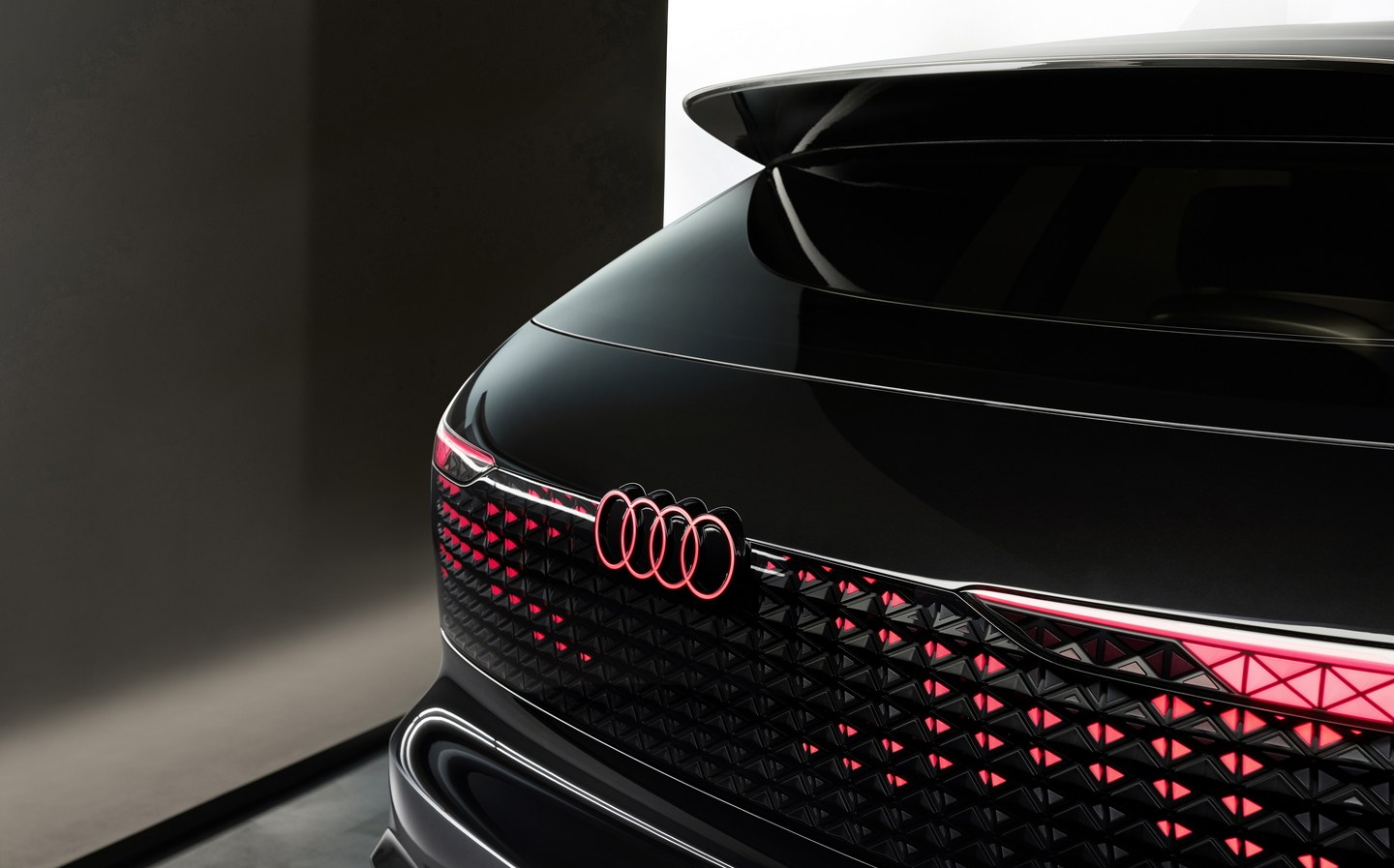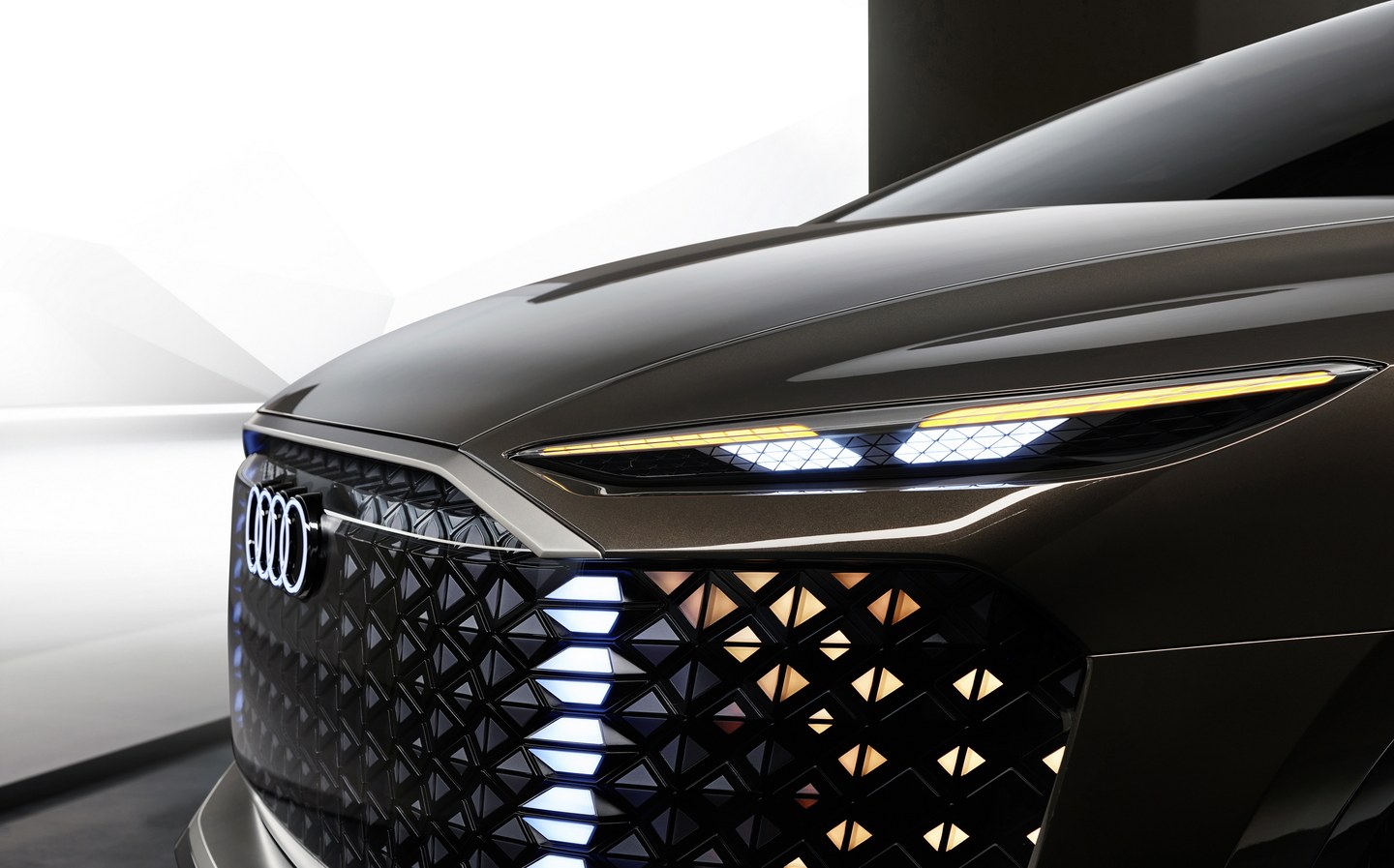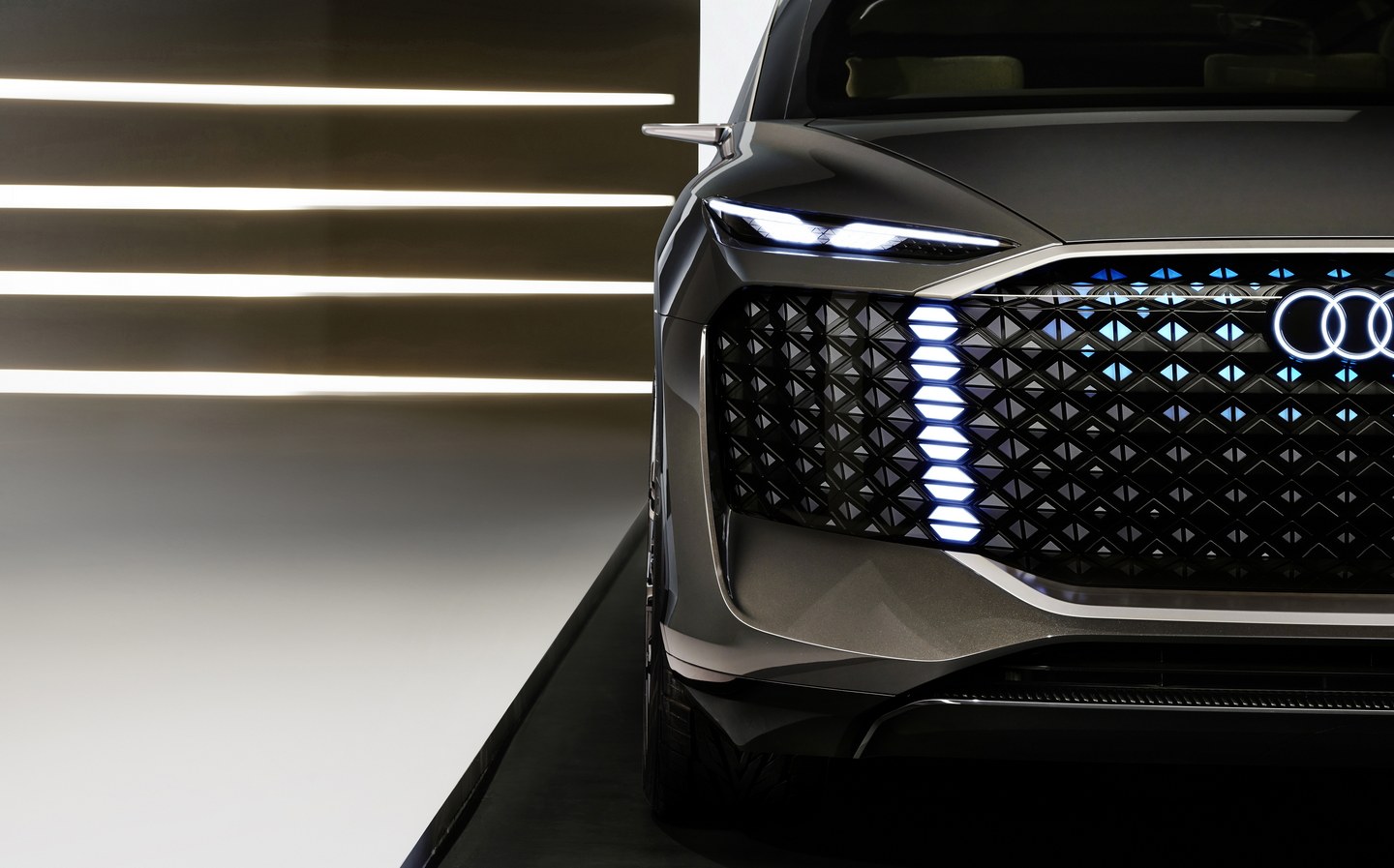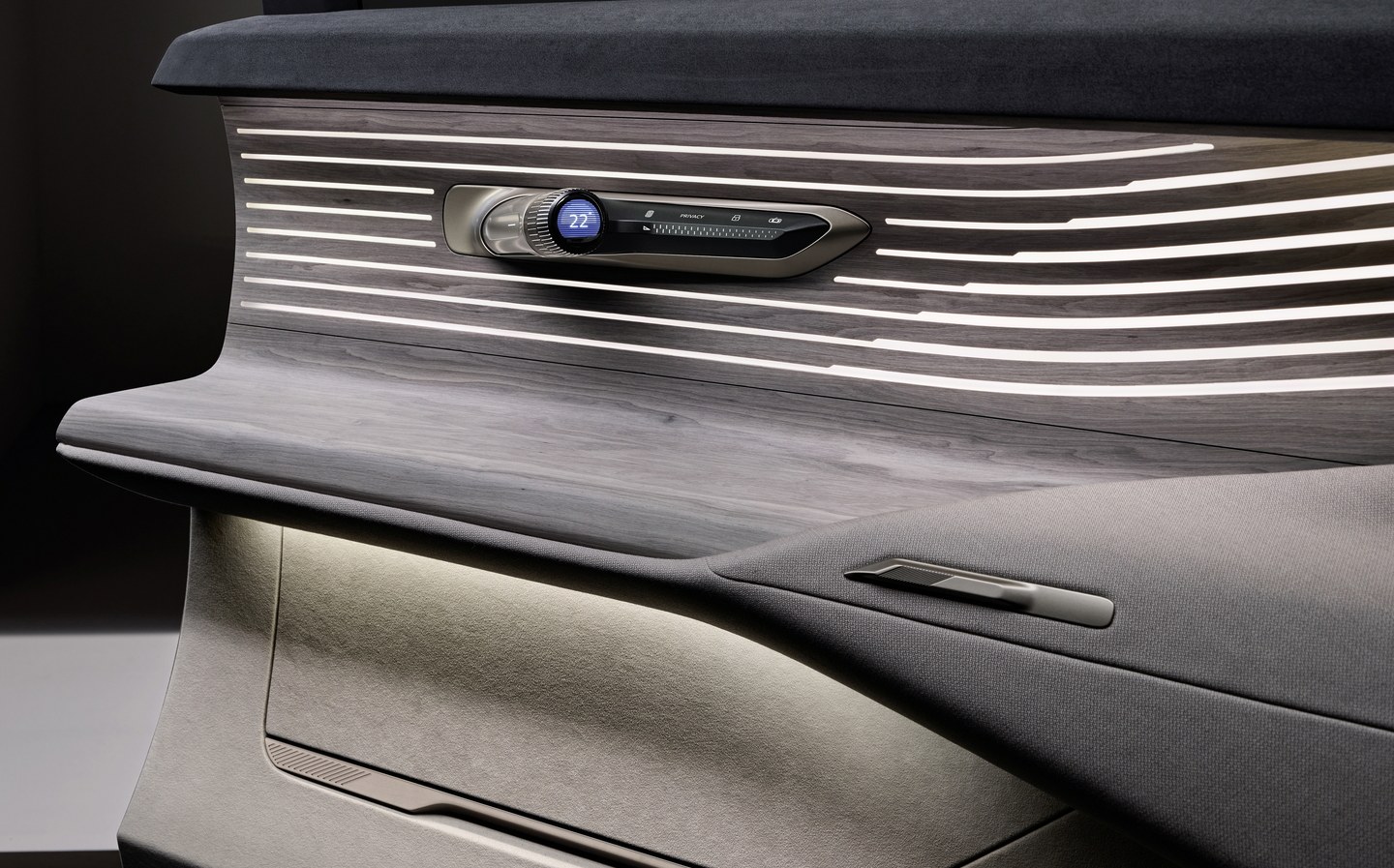Audi Urbansphere concept revealed with largest interior dimensions of any Audi so far
A8 dimensions, city-car intentions
Audi has revealed a new concept car, the Urbansphere, a vehicle larger than its A8 luxury saloon but designed with city living in mind.
The concept was originally intended for launch at the Beijing auto show in China this week, an event that was cancelled due to a local Covid-19 outbreak, and forms the third part of a trilogy, following on from last year’s Skysphere and Grandsphere concepts.
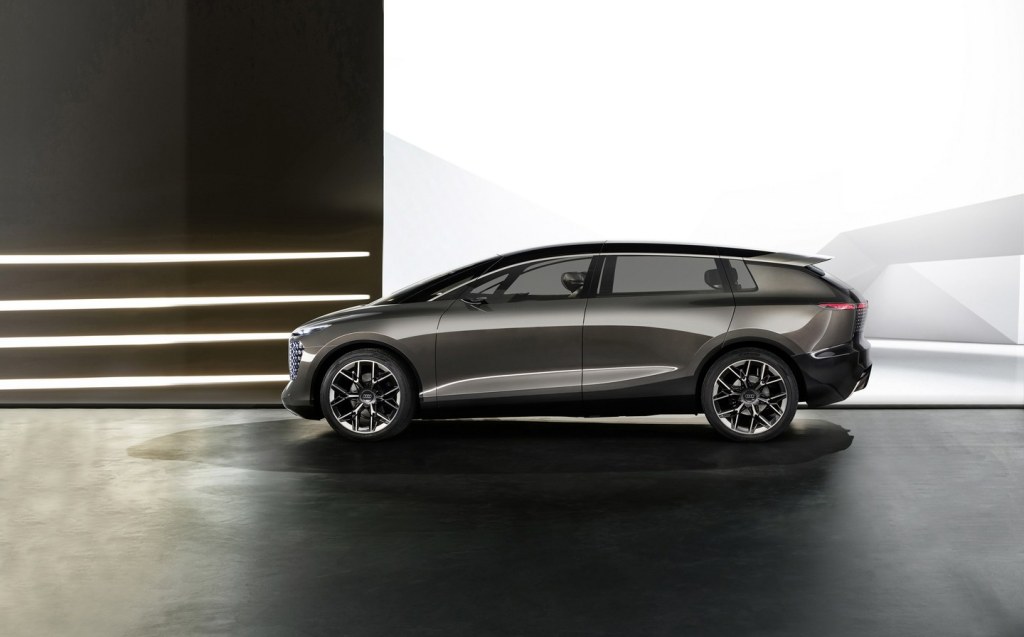
Audi says the car is intended for use in traffic-dense Chinese mega-cities, but instead of shrinking the concept to city-car size, designers have gone in the other direction, creating a long, wide vehicle with more interior space than any Audi to date.
Rather than being some highly conceptual proposition, the Urbansphere for the most part looks from the exterior like a conventional MPV, though one with a slightly raised stance thanks to its 24in wheels. The most concept-like part of the outside is the front-end treatment that replaces the grille signature with a screen framed at the top and bottom by aluminium strips. This screen is backlit and arranged in a series of pixel structures meaning that it is used both for lighting functions (incorporating the main headlights) as well as to communicate messages to other road users. It’s a similar story at the rear with the same style of lighting structure used, stretching across the tailgate.
Although the exterior is reasonably conventional, the designers’ approach inside has been considerably more creative and the interior has been shaped around the ideas of a “lounge on wheels”, “mobile office” and a “third living space during the time spent in traffic”.
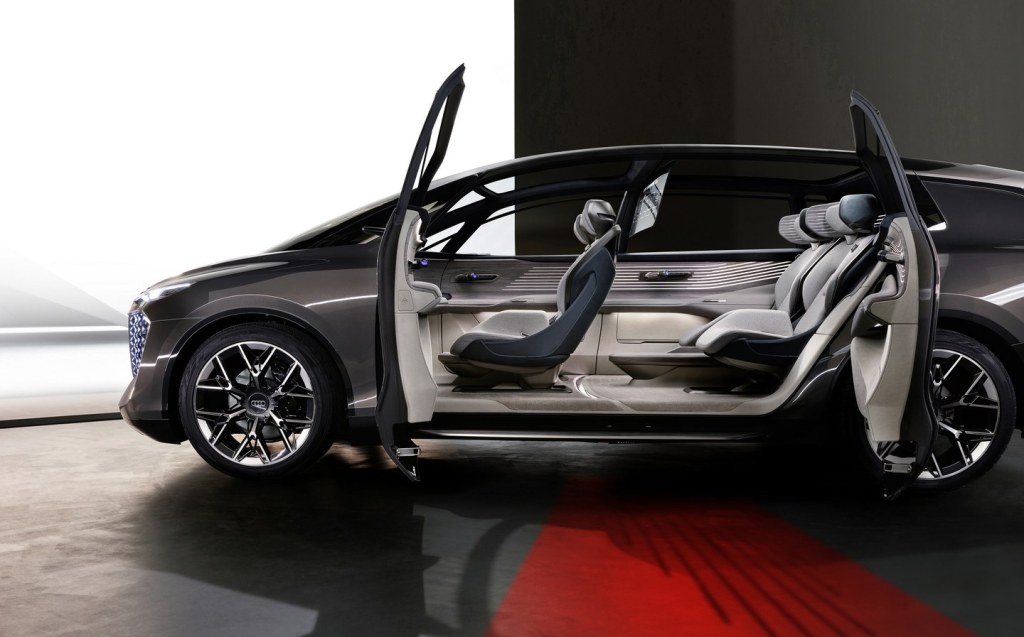
The spacious interior, largely finished in muted grey, green and beige tones, is accessed by counter-hinged ‘suicide’ doors, the absence of a B-pillar generating a greater sense of openness and space, also enhanced by the panoramic glass roof.
The four seats are arranged two up front and two in the rear and all are capable of swivelling and reclining by as much as 60 degrees, with extending leg rests. While a convivial lounge-style arrangement can be created with all the seats facing each other, each chair has a winged headrest to give the occupant some privacy and each headrest has built-in speakers to create individual sound zones.
The backs of the front seats feature monitors for the use of those in the second row. The individual multimedia functions for all seats are controlled either by a rotating ring and buttons or, if the seats are fully reclined and the controllers out of reach, via eye-tracking cameras and gesture control.
A transparent full-width OLED “cinema screen” flips down from the roof should the rear passengers want to watch the same thing or take part in a video conference, although split-screen functionality is possible. When flipped back up, because of its clear design, it doesn’t obstruct the light coming in through the roof.
Between the rear seats sits a swivelling console containing a water dispenser and glasses underlining Audi’s claim that the Urbansphere’s interior represents a “wellness zone”. Also backing up the idea is an adaptive programme using facial scans and voice analysis to detect how the occupants are feeling, guiding them towards the car’s meditation app if it senses that the passengers are stressed.
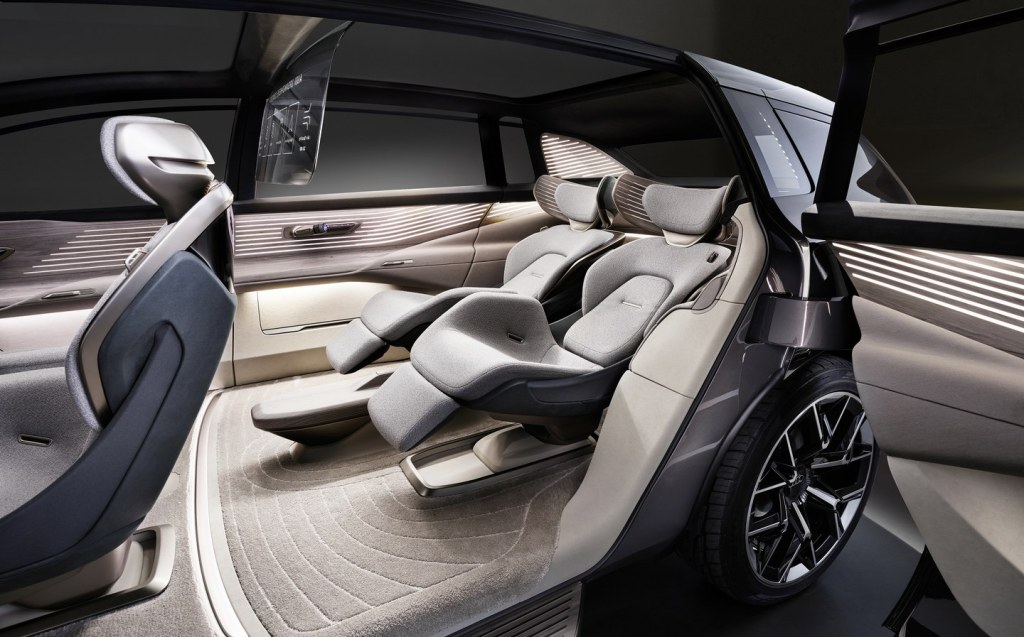
As with many “lounge” interior concepts in recent years (the Hyundai Ioniq 7’s, for example), the idea of actually driving the car seems to be a secondary concern, as the interior is designed on the assumption that elevated levels of vehicle autonomy are possible. Such is the case with the Urbansphere where the steering wheel, pedals and dashboard are hidden away in Level 4 self-driving mode. If the car is being driven normally, the octagonal steering wheel and pedals fold out and the appropriate driver information is projected onto the wooden surface beneath the windscreen.
The mechanicals of a concept car mostly destined to grace motor show stands around the world may seem irrelevant, but the Urbansphere is based on a version of the Volkswagen Group’s Premium Platform Electric architecture currently under development by Audi and Porsche and which will provide the basis for the forthcoming Audi A6 e-tron.
In the Urbansphere, the 120kWh battery pack is mounted under the floor, between the axles, powering two electric motors that give the Urbansphere permanent all-wheel drive and 395bhp. The battery pack is good for up to 466 miles between charges and, with an 800V electric architecture, rapid DC-charging at up to 270kW is possible meaning top ups of 186 miles of range in around ten minutes. If this appears to be overkill in a conceptual city car, even Audi admits as much, saying that those capabilities are “not often utilised when driving in dense urban traffic”.
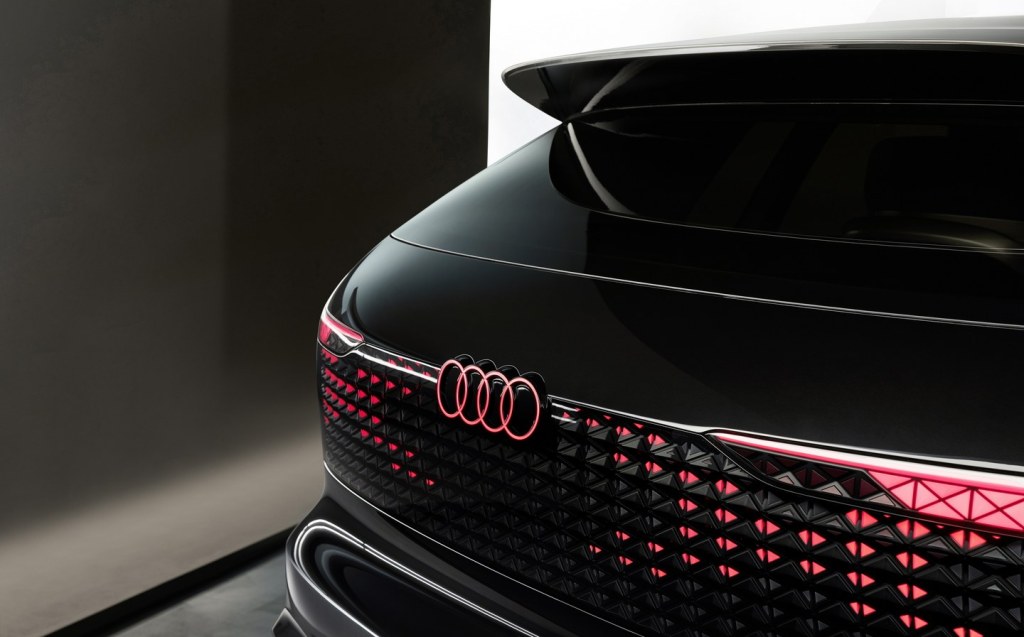
Further illustrating how the Urbansphere has been designed with Audi’s biggest market — China — in mind is the Audi Light Umbrella, a self-illuminating umbrella inspired by traditional Chinese brollies. The external cone of the umbrella flashes when the holder is crossing the street or in other dangerous situations, while the lighting inside is distributed by a reflective surface meaning, according to Audi, even facial illumination for perfect selfies.
Related articles
- If you liked reading about the newAudi Urbansphere concept car, read how Matt Rudd thinks that driverless cars aren’t the problem, humans are
- Find out what Will Dron thought of the Audi e-tron GT
- Check out the Audi Skysphere concept that previews autonomous luxury of the future
Latest articles
- Porsche 911 Carrera S 2025 review: Harder, better and faster – but is it the best 911?

- F1 2025 calendar and race reports: The new Formula One season as it happens

- Seven great automotive events to visit this summer, from F1 to art and champagne

- Watch new Porsche 911 GT3 smash Nürburgring record for manual cars

- Skoda Elroq 2025 review: Czech carmaker can’t seem to miss with its electric family cars



